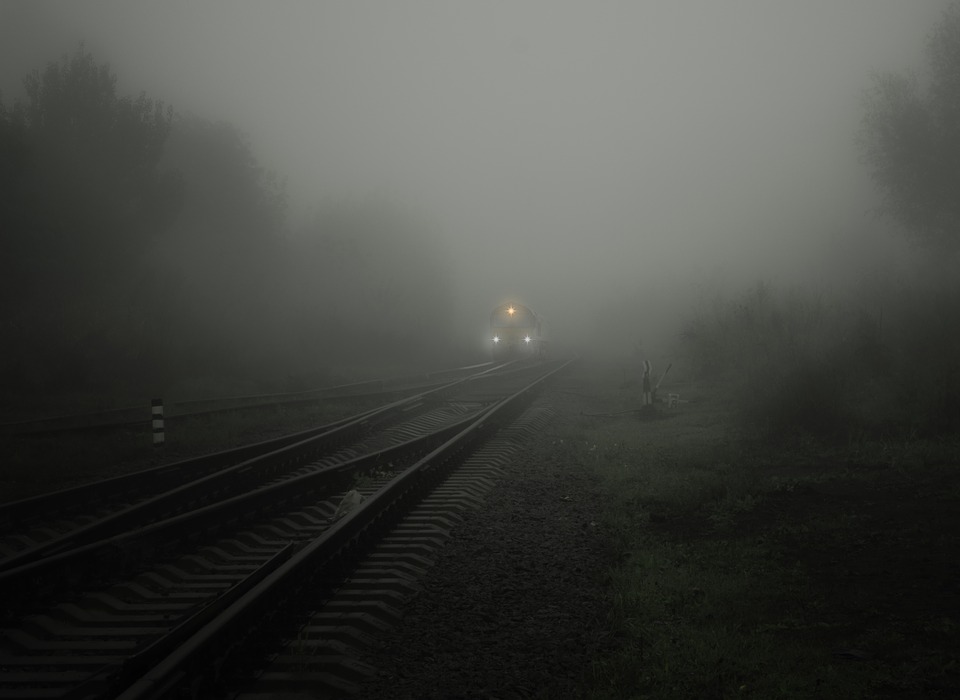Expert Reaction
These comments have been collated by the Science Media Centre to provide a variety of expert perspectives on this issue. Feel free to use these quotes in your stories. Views expressed are the personal opinions of the experts named. They do not represent the views of the SMC or any other organisation unless specifically stated.
Professor David Bowman is internationally recognised expert in fire ecology and management based at the University of Tasmania in Hobart.
Exceedance in air quality standards caused by planned burning underscores the critical weakness of this bushfire risk management approach.
There is urgent need to better understand the costs and benefits of planned burning in terms of health impacts, greenhouse gas emissions, biodiversity values and how these compare with wildfires. Without this evidence, public acceptance of planned burning will eventually collapse.
More thoughts is required to develop non-polluting alternative methods of fuel management for bushland areas surrounding urban areas. Developing such a ‘Plan B’ approach will become imperative if major smoke pollution events cannot be stopped by fire managers.
Associate Professor Fay Johnston heads the Environmental Health Research Group at the Menzies Institute for Medical Research at the University of Tasmania. She is also a public health physician and an expert on the health effects of smoke from landscape fires including bushfires and planned burns.
The hazard reduction burns around Sydney at the moment are having major air quality impacts. The public health consequences are serious. It is very likely that one or more people in Sydney will die earlier than expected on each day that air quality standards are exceeded, in addition to scores of additional hospital admissions, emergency department attendances, and ambulance callouts.
The need for bushfire risk mitigation is not disputed. However, reducing the harms associated with smoke impacts should be a priority. Land and fire management authorities need to work together with environmental and public health agencies to better understand and balance the benefits and harms associated with strategies for bushfire risk management.
John Curtin Distinguished Professor Kingsley Dixon is at Curtin University’s School of Molecular and Life Sciences and was WA Scientist of the Year 2016
There is no science to support the large scale burning of native forests and bushland as an effective means to prevent wildfire. The reverse is the case. Fuel build-ups after prescribed burning can be elevated and the loss of signficant and charismatic biodiversity.
Professor Brian Oliver leads the Respiratory Molecular Pathogenesis Group at the University of Technology Sydney and the Woolcock Institute.
Low levels of air pollution does pose health risks, especially for people with lung or heart conditions. For people who are otherwise healthy the risks are low. It is better to stay inside and avoid exposure. You can listen for alerts from the EPA. If you have any concerns contact your health care provider.



 Australia; NSW
Australia; NSW



